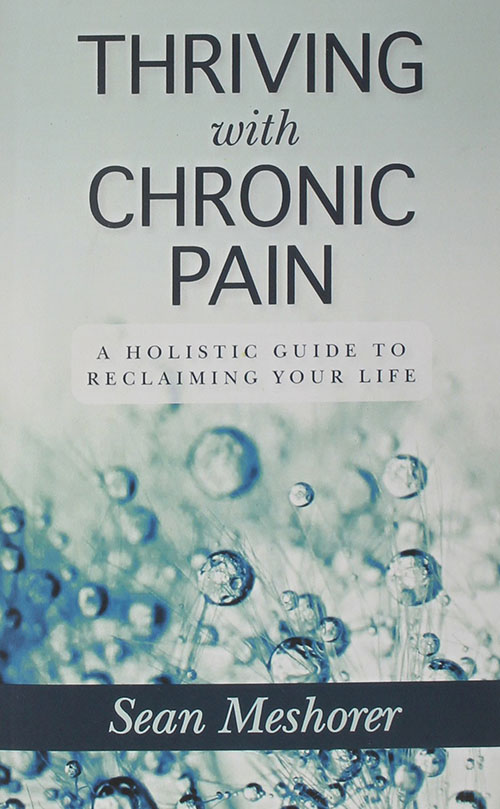[alert variation=”alert-info”]Publisher: Param Media
Formats: Paperback, Kindle, eBook
Purchase: Powell’s | Amazon | IndieBound | Barnes & Noble | iBooks[/alert]
It is practically impossible to find a person who has not experienced pain. Pain is an integral part of human life. Pain is hardly tolerable and everyone’s immediate response is a desire for it to stop. Most people are lucky, and their pain is temporary. But what should the 100 million Americans (and approximately 1.5 billion people around the world) who experience chronic pain do? Those who experience severe pain every minute, every second of their life, twenty-four hours a day, year after year? Sean Meshorer is one who experiences such daily pain. He has struggled with chronic pain for nine years. It took him two years alone to be properly diagnosed: he over exercised one day and tore multiple ligaments in his right sacroiliac joint. There is no cure for such an injury. Going from one medical or alternative specialist to another, trying different methods and techniques, Sean Meshorer found a way not just to live with but also to thrill with his pain. He shares his knowledge and suggests some working (at least for him) solutions to manage pain for those many people for whom an easy medical cure is unavailable.
“First, a disclaimer: as with much of our bodies, chronic pain is only partially understood.”
Based on the author’s personal experience the book has a solid scientific support (bibliography of used sources is provided in the end of the book) and consists of four parts. Even if you are certain you know what pain is do not skip any part of it. The author does not drag you into details, but the realities surrounding chronic pain aren’t so obvious even for medical practitioners. For example, telling apart nociceptive pain from neuropathic (requiring a different medical treatment) could be difficult. Analyzing pain from three different perspectives: physical, mental and spiritual, Meshorer gives short, concrete and persuasive explanations for the practices he recommends. You may not accept all given by the author suggestions, but his positive, practical approach is appealing. This book isn’t accidentally titled Thriving with Chronic Pain, as opposed to Surviving with Chronic Pain. Meshorer’s suggestions may help you, too, in finding a way to enjoy life while experiencing chronic pain.
[signoff predefined=”Sponsored Review Program” icon=”book”][/signoff]

